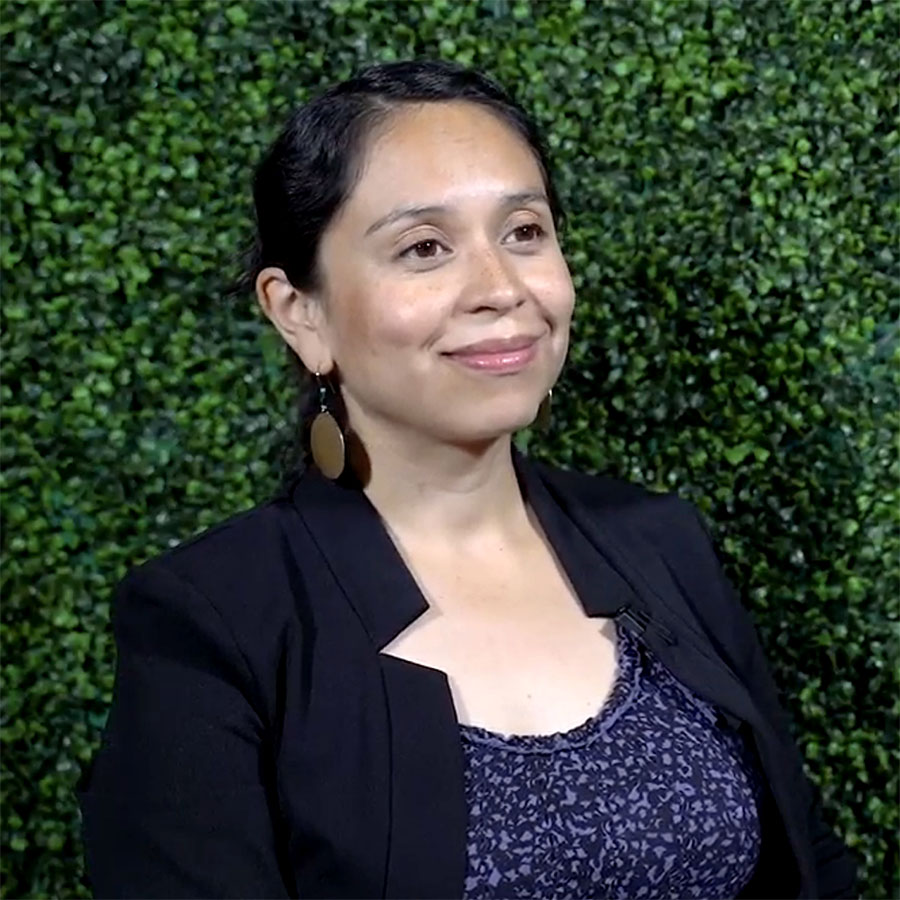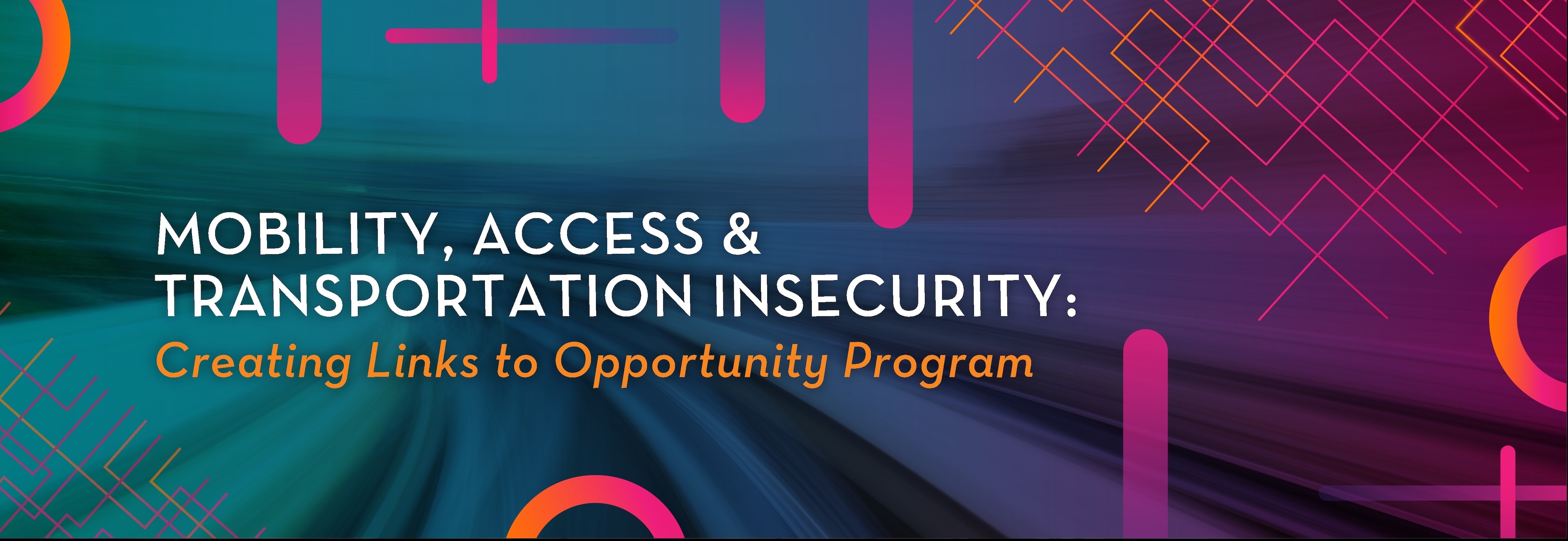
Center for Neighborhood Technology welcomes Nina Idemudia, AICP, as new Chief Executive Officer
Video produced by Rudd Resources City planner and community leader Nina Idemudia looks to usher in a new era of innovation towards addressing sustainability and equity as the Center for Neighborhood Technology’s new CEO For almost 50 years, CNT has been a national leader in finding innovative ways to make cities more sustainable, resilient and equitable for all who live there. The CNT board was delighted with Nina’s understanding of how built environments shape the lives of... Continue reading »
LVEJO + CNT fair features food, fun, and water justice
Chicago finally caught a weekend break from torrential thunderstorms and poor air quality coming from Canadian forest fires on Saturday, July 22—making it a great day for the Water Justice Fair that Little Village Environmental Justice Organization (LVEJO) and Center for Neighborhood Technology co-hosted at Las Semillas de Justicia Garden. The event was one of the first post-pandemic in-person gatherings for our two groups. Las Semillas de Justicia Garden was a... Continue reading »
Evanston Green Homes program launches
CNT partnered more than a year ago with Evanston Development Cooperative and other groups to create the new Green Homes pilot program in two Evanston communities. It uses public funds to provide home upgrades free-of-charge. Evanston is one of the first communities in the country to launch a program like this. Homeowners and residents of the pilot program's focus neighborhoods can find out if they are eligible and apply on the new program portal at greenhomes.cnt.org.... Continue reading »
With new civic innovation hub, south suburban leaders focus on ‘technology of getting things done’
“We always think it’s going to be a big movement, a big force, something that’s beyond ourselves that’s going to be our solution when in fact, it’s us– the moms, the grandmoms, the kids,” Lorée Washington, a Riverdale community leader, said during a recent virtual workshop for residents of South Suburban communities where the RainReady project is addressing urban flooding. As we partner with local groups to develop the RainReady Calumet Corridor with support from the Cook County government,... Continue reading »
Equitable Green Stormwater Infrastructure is happening all over Chicago
If you had a chance to press pause, reflect, and bask for a moment in the great work you and your team, partners, and funders achieved, what would that carefully curated day look like? Inspired by a request from Kresge Foundation Environment Program Officer Yeou-Rong Jih, we took an equitable green stormwater infrastructure tour in Chicago – a reunion for many who had not been together since before the pandemic – from an idea to reality on Tuesday, April 11. Even the weather and... Continue reading »
CNT Welcomes Julia Hage to Support Transportation Coalition Building
In the wake of centuries of top-down urban planning practices, there is a great need to re-think the way cities are planned and invested in. I have always been interested in how cities’ public transportation systems work and how to be part of bottom-up planning practices that emphasize building decision-making power within communities. My studies in UIC’s Urban Planning & Policy graduate program allowed me to engage with transportation planning and civic engagement principles, and I found... Continue reading »
Southeast Side Climate Impacts: Quantitative data without community input misses the full story
Climate change impacts are felt by individuals and communities all over the world through intense or frequent storms, floods, and increased exposure to air and water pollutants. Who is most impacted by this? Unfortunately, those who are lower-income and have non-white racial or ethnic identities. Chicago’s Southeast Side is one of these communities. Here, residents experience health inequities from their proximity to industrial pollution, like higher rates of heart disease and respiratory... Continue reading »
CEJST is a simple map, with big implications – and attention to cumulative burdens matters.
The Climate and Economic Justice Screening tool, or CEJST for short, is a simple map, with big implications. CEJST identifies disadvantaged census tracts for prioritizing federal funding and informing Justice40, which aims to send “40 percent of the overall benefits of certain Federal investments… [to] disadvantaged communities that are marginalized, underserved, and overburdened by pollution. Over the next five years, federal and state agency staff are charged with doling out billions of... Continue reading »
CNT Welcomes Project Policy Associate Pamela Jones
Transportation is more than the movement of people and goods from place to place. It is a basic need and a vital component of a healthy community. However, countless urban communities lack access to affordable and sustainable transit infrastructure. Such instances cause adverse impacts on BIPOC, low- and moderate-income households, often in tandem, deepening economic and racial inequities. Growing up in Chicago, I was privileged to live in a transit-rich area. Public transit was more... Continue reading »
CNT Welcomes Administrative Assistant Andrea Ruiz
Like many college graduates, I was unsure of what to do after graduation. I had a lot of customer service experience from my part time jobs in high school and in college, as well as experience volunteering with organizations such as Planned Parenthood. I fell into a receptionist position where I learned that I liked working on the administration side of an organization. While I enjoyed my previous role at Radio Flyer, I knew I wanted to work in the non-profit field from my experience co-... Continue reading »





 Strengthening Transit Through Community Partnerships
Strengthening Transit Through Community Partnerships








